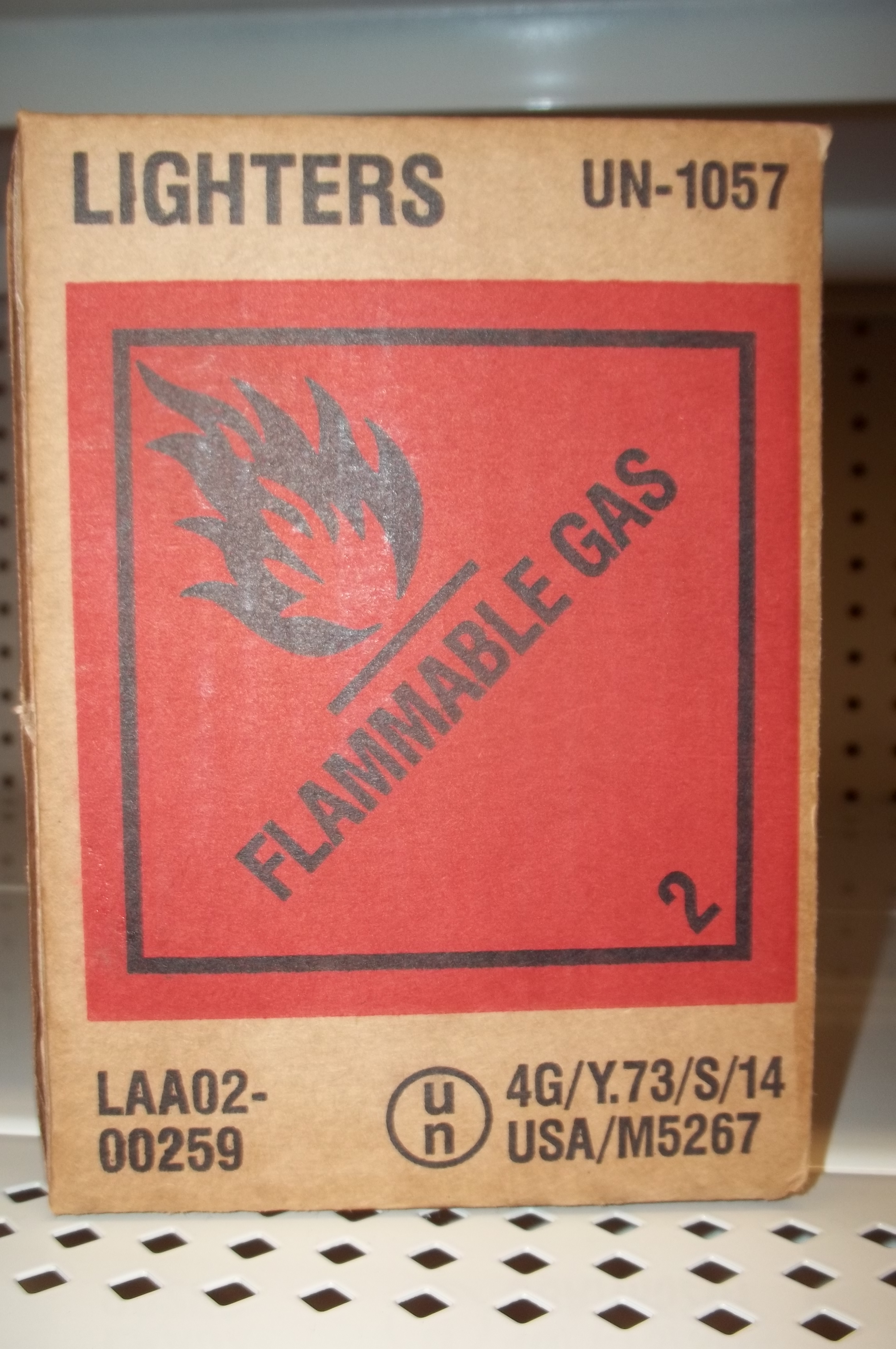QUESTION FROM A HAZMAT EMPLOYER (NOT A CUSTOMER OF MINE, YET!) IN LATE OCTOBER 2015 VIA TELEPHONE (I DON’T RECORD MY TELEPHONE CONVERSATIONS SO THIS IS JUST MY BEST RECOLLECTION):
Is it OK for HazMat labels and markings to appear on the top of a package of hazardous materials for transportation?
DURING THE COURSE OF THE TELEPHONE CONVERSATION I MUST HAVE TOLD THE QUESTIONER THAT IT WAS NOT ACCEPTABLE TO DISPLAY HAZMAT LABELS AND PLACARDS ON THE TOP OF A PACKAGE, ESPECIALLY IF THE TOP IS REMOVABLE, E.G. THE LID OF A 5-GALLON BUCKET. MY FOLLOW-UP EMAIL ON NOVEMBER 2, 2015 WAS AN ATTEMPT TO SET THE RECORD STRAIGHT:
Thank you for contacting me with your question. Though I gave you my initial response over the phone, I’m glad I took the time to further research this issue. Because my initial response was wrong!
I had told you that I believed that HazMat markings and labels must appear on a non-removable part of a HazMat package but this is not so (for the most part).
Based on my review of the Hazardous Material Regulations and confirmation with the PHMSA Helpline, I have determined the following:
- The marking regulations of 49 CFR 172, Subpart D do not specify a location for HazMat markings. With one exception, see next.
- The packaging specification marking must be visible on a non-removable part of the packaging (49 CFR 178.3). This would preclude its placement on a removable lid.
This is the specification packaging marking for a steel drum with a removable lid. 
- HazMat labels must, “Be printed on or affixed to a surface (other than the bottom)” of a HazMat package [172.406(a)(1)(i)]. And, per 49 CFR 172.406(a)(1)(ii): “Be located on the same surface of the package and near the proper shipping name marking, if the package dimensions are adequate.”
The HMR does not forbid the placement of HazMat labels and markings on the top or lid of a packaging, even a removable lid, except for the packaging specification marking. HazMat labels may not be affixed to the bottom of a package, though there is no such limitation for a marking. However, since the label and the marking are required to be located on the same surface and near each other, it can be reasonably assumed that the marking should not appear on the bottom of the package.
I hope this helps. Please don’t hesitate to contact me with any other questions.
It pays to do your research! Also, you should never rely on the first answer of someone – even me – unless they are able to back up their response with a reference to the regulations. Here is an example of when the common-sense answer – I mean, c’mon! Do you really think it’s OK for HazMat labels to appear on the removable lid of a package? – is wrong. But common-sense doesn’t always mean compliance. Make sure you and your HazMat Employees are in compliance with the Hazardous Material Regulations.


